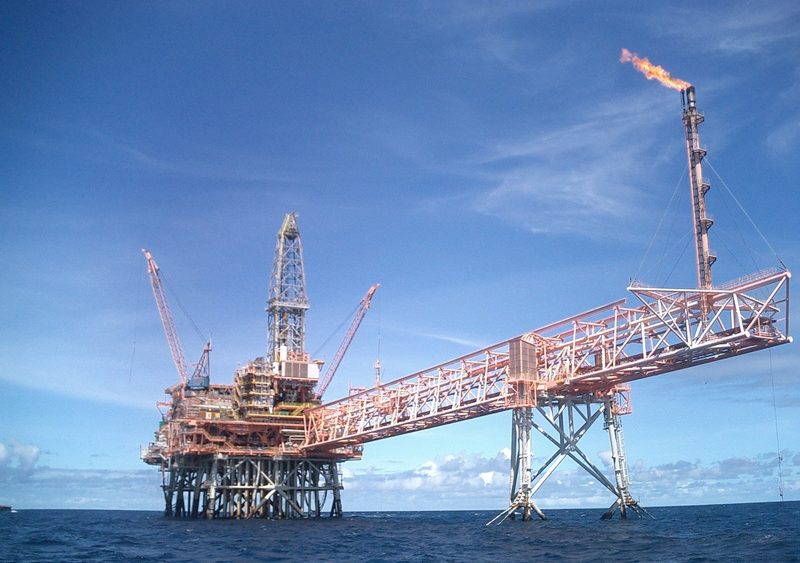We all know offshore platforms, sea terminals located in deep water so that ships can access fuel reserves in inaccessible areas. But how did these gigantic works of engineering make it to the middle of the ocean? And how do they remain standing in the midst of moving water? Let’s take a look at how an offshore platform is built, and what the different types are.
Installing an offshore platform
In broad strokes, manufacture begins with a steel tube skeleton, known as a jacket. This shell is transported with a barge to the desired location, and then fixed with pilings, extraordinarily long stakes driven into the seabed. Next, we must build the platform deck with all the machinery, which is transported the same way and assembled with the jacket on-site.
Put like this, it sounds simple. But we’re talking about gigantic structures, with great weight and height, and operating with them is a huge challenge. What we have described is for a jacket platform, but the manufacture, assembly and floating or sinking process for an offshore platform varies depending on the kind of platform.
Types of offshore platforms
Fixed structures
Fixed structures owe their name to the fact that they rest on the seabed, and are fixed to a specific point.
For shallow water, the most common structures are Gravity Based Structures (GBS), which remain upright thanks to their own weight, generally due to concrete pillars reinforced with steel. These structures are ideal for depths of only up to 300 metres.
A bit deeper, up to 500 metres, jacket structure platforms may be used. These are known for the shell that covers the pilings fixing them to the seabed. At very great depths, the pilings can be shorter and joined to the jacket on its bottom. They cannot be placed with a crane, so they must be released and their sinking controlled until properly aligned with the bottom.
Up to 900 metres, we can use Compliant Tower structures, which can withstand huge lateral force and flex, minimising the impact of the waves.
Floating structures or stands
Unlike fixed structures, these float on the water’s surface, and can have neutral buoyancy, meaning that they keep their balance thanks to their weight, and the water’s push, or positive buoyancy, meaning that the anchors exercise force toward the bottom.
Regarding the former, SPAR structures are of note, which provide for horizontal mobility, as well as semi-submersible structures, which can be ballasted up or down. As far as positive buoyancy is concerned, the most popular are Tension Leg Platforms (TLP), which are floating stands that are vertically anchored, for depths of up to 1500 metres.
Different platform modalities for different locations and needs, yet they always all need highly technical equipment, such as fenders, cranes and telescopic gangways, guaranteeing both berthing for ships and effective fuel loading.



Comments are closed.